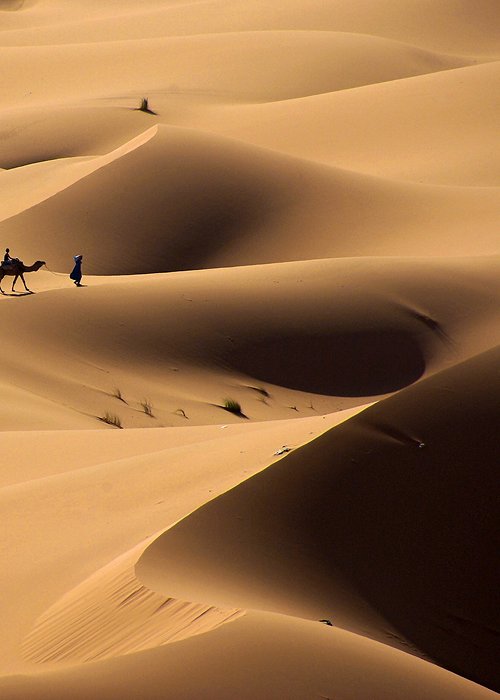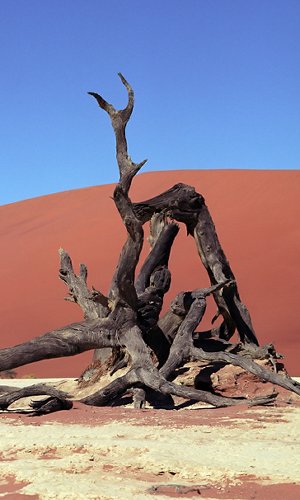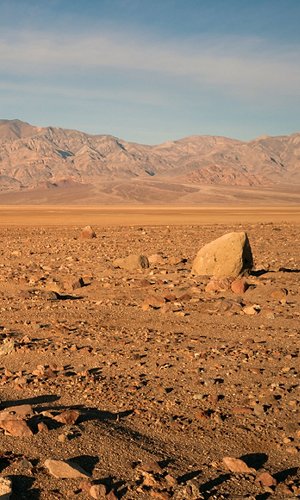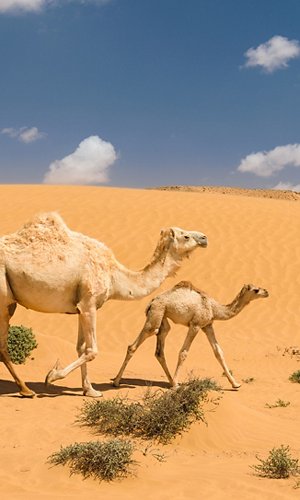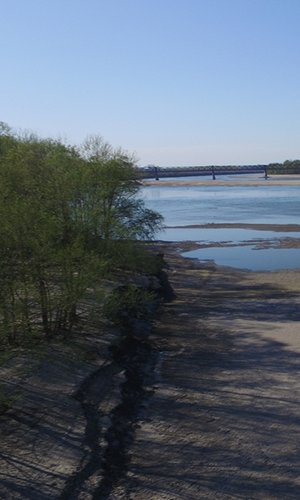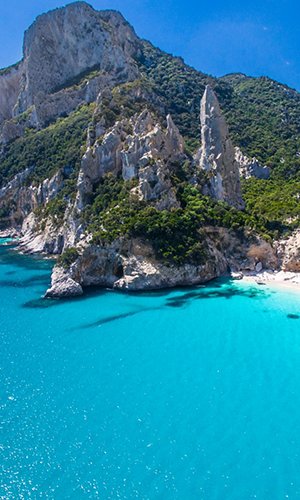Deserts occupy one third of the surfaces above the water level and are present in all the continents. In these environments rain is very scarce: at times for a few drops of water to fall from the sky it may even take years. The temperature at day time reaches very high values, while at night it drops greatly because a large amount of heat present on the surface disperses in the atmosphere. However life does not stop even in the desert, and even though there are thousands of difficulties, it successfully can resist a climate that is so unfavourable, by resorting to very effective expedients.

